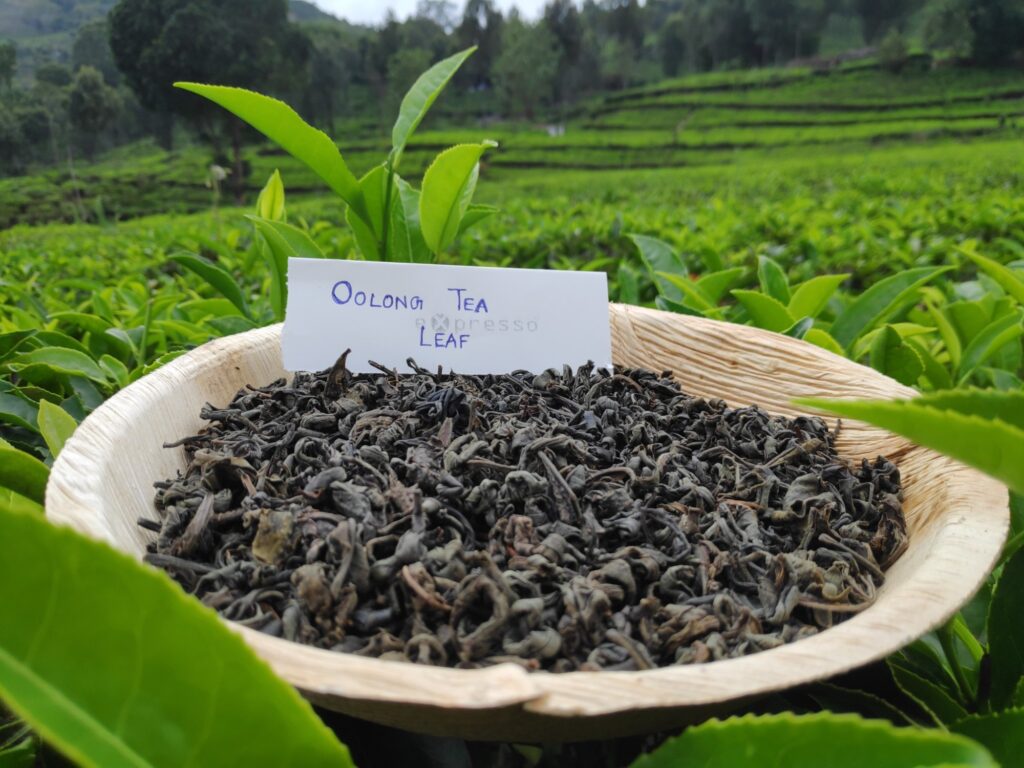Tea has been cherished for centuries as both a daily ritual and a cultural tradition. Among the many varieties, Loose Leaf Oolong Tea has gained a reputation for its complexity, aroma, and depth of flavor. On the other hand, bagged tea offers convenience and accessibility, making it a common choice for many tea drinkers. Understanding the differences between these two options helps tea enthusiasts make informed decisions about what best suits their lifestyle and taste preferences. This article explores how Loose Leaf Oolong Tea compares to bagged tea in terms of quality, flavor, health benefits, and overall experience.
What is Loose Leaf Oolong Tea?
Loose Leaf Oolong Tea is a semi-oxidized tea that falls between green tea and black tea in terms of processing and flavor profile. Originating from China and Taiwan, Oolong is prized for its unique taste, which ranges from floral and creamy to roasted and robust depending on the processing method. Unlike bagged tea, loose leaves are often whole or partially rolled, which allows them to unfurl during steeping and release complex layers of aroma and taste. Oolong teas are also known for their traditional craftsmanship, where skilled tea masters carefully control oxidation, roasting, and rolling techniques to bring out distinct characteristics in each batch.
What is Bagged Tea?
Bagged tea is a pre-packaged product where finely ground tea leaves, also known as fannings or dust, are sealed inside filter paper bags. These bags provide convenience and speed, as they can be steeped quickly with minimal preparation. Bagged tea became popular in the 20th century due to mass production and the busy lifestyles of modern consumers. While convenient, bagged tea often sacrifices some level of quality and flavor because of the smaller leaf particles and the limitations of the packaging.
Flavor Differences Between Loose Leaf Oolong Tea and Bagged Tea
One of the most significant differences between Loose Leaf Oolong Tea and bagged tea is the flavor profile. Loose leaf tea typically offers a more complex and layered taste. Since the leaves are larger and less processed, they retain more essential oils and natural compounds responsible for flavor. When brewed, the leaves unfurl, releasing notes of flowers, fruits, nuts, or roasted undertones depending on the style of Oolong. In contrast, bagged tea often has a flatter and more one-dimensional flavor. The broken leaves and dust used in tea bags infuse quickly but lack the depth and subtlety of loose leaf tea. While bagged tea may be sufficient for those seeking a quick cup, true tea enthusiasts usually prefer the richness and authenticity of Loose Leaf Oolong Tea.
Quality of Leaves
The quality of tea leaves plays a crucial role in the drinking experience. Loose Leaf Oolong Tea generally comes from carefully cultivated tea gardens where leaves are handpicked and processed with great attention to detail. This ensures minimal damage to the leaves and preservation of their natural qualities. Bagged tea, on the other hand, often contains byproducts of the tea manufacturing process. These smaller particles lose freshness more quickly and oxidize faster, leading to a less vibrant cup of tea. Moreover, loose leaf tea can often be steeped multiple times, with each infusion bringing out new flavors, while bagged tea tends to lose its strength after one steeping.
Brewing Experience
Brewing Loose Leaf Oolong Tea is a more involved process compared to simply dropping a tea bag into hot water. Oolong leaves often require specific water temperatures and steeping times to bring out their best qualities. Many tea drinkers enjoy using traditional methods such as a gaiwan or clay teapot, which allow for multiple infusions and a ceremonial approach to tea drinking. This process encourages mindfulness and appreciation of the tea’s evolving character. Bagged tea, however, is designed for convenience. It can be brewed quickly with boiling water and requires no special tools. This makes it ideal for people who want tea on the go or at work without dedicating much time to preparation. While convenient, this method lacks the immersive and rewarding experience that Loose Leaf Oolong Tea offers.
Health Benefits
Both Loose Leaf Oolong Tea and bagged tea provide health benefits due to their antioxidant content, but loose leaf varieties tend to have higher nutritional value. Because loose leaves are less processed and retain more polyphenols, vitamins, and minerals, they often deliver stronger health benefits such as improved digestion, boosted metabolism, and enhanced heart health. Bagged tea, while still beneficial, may lose some of its potency during processing and storage. Additionally, some lower-quality tea bags may contain additives, artificial flavors, or microplastics from the bag material, which can reduce the overall health benefits.
Cost Considerations
At first glance, bagged tea appears more affordable since it is widely available and comes in large packs. However, Loose Leaf Oolong Tea can be more cost-effective in the long run. Although the initial price may be higher, loose leaves can often be steeped multiple times, providing several cups of tea from a single serving. The superior quality and flavor also justify the investment for tea lovers who appreciate a more refined drinking experience. Bagged tea remains a practical choice for budget-conscious consumers or those seeking quick daily refreshment, but it does not deliver the same value in terms of quality and taste.
Environmental Impact
Sustainability is another important factor to consider. Loose Leaf Oolong Tea generally has a lower environmental footprint because it is sold in bulk without unnecessary packaging. Many suppliers use recyclable or biodegradable containers. Bagged tea, on the other hand, often comes with excessive packaging, including wrappers, strings, staples, and non-biodegradable materials in some tea bags. This contributes to more waste. Choosing loose leaf tea supports eco-friendlier practices and reduces single-use waste.
Cultural and Traditional Value
Tea is not just a beverage but also a cultural expression. Loose Leaf Oolong Tea embodies centuries of tradition, craftsmanship, and artistry. Preparing and drinking it often involves rituals that connect the drinker to tea-growing regions and heritage practices. Bagged tea, being a modern invention, lacks this cultural depth. While convenient, it does not offer the same sense of authenticity and tradition that loose leaf tea provides. For many tea enthusiasts, the act of brewing loose tea is as important as the tea itself, making it an enriching cultural experience.
Which One Should You Choose?
The decision between Loose Leaf Oolong Tea and bagged tea depends largely on your priorities. If you value convenience, speed, and affordability, bagged tea is a practical choice. However, if you appreciate depth of flavor, quality, tradition, and sustainability, Loose Leaf Oolong Tea is the superior option. Many tea drinkers find a balance between the two, keeping bagged tea for busy days while reserving loose leaf tea for moments of relaxation and mindfulness.
Conclusion
Both Loose Leaf Oolong Tea and bagged tea have their own advantages, but they cater to different needs and lifestyles. Loose leaf tea excels in quality, flavor, health benefits, and cultural value, making it the choice for those who seek a richer and more authentic tea experience. Bagged tea, while less complex, provides convenience and accessibility for modern life. Ultimately, understanding these differences allows you to enjoy tea in a way that best fits your taste and lifestyle, whether you prefer the depth of Loose Leaf Oolong Tea or the practicality of bagged tea.


